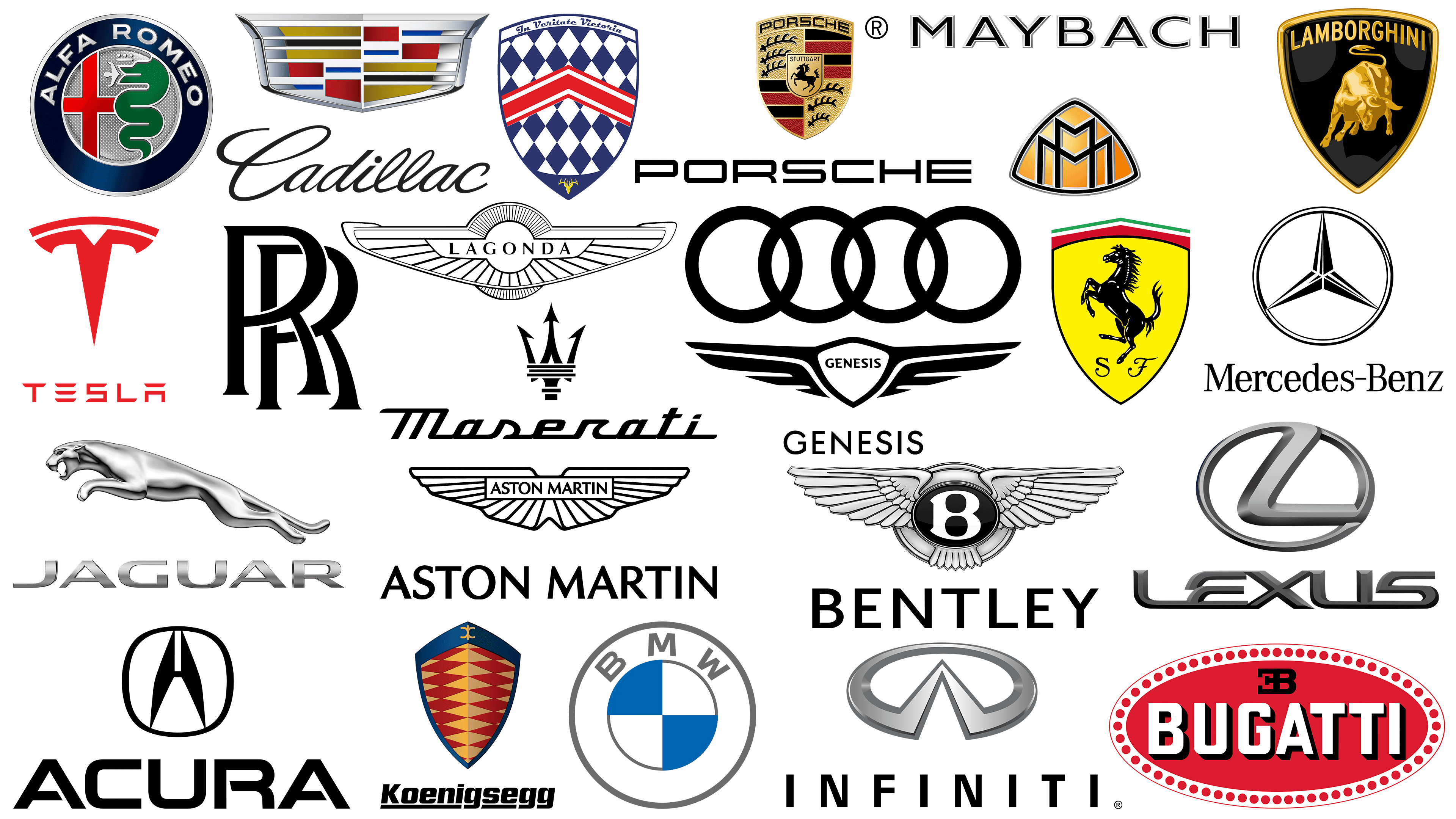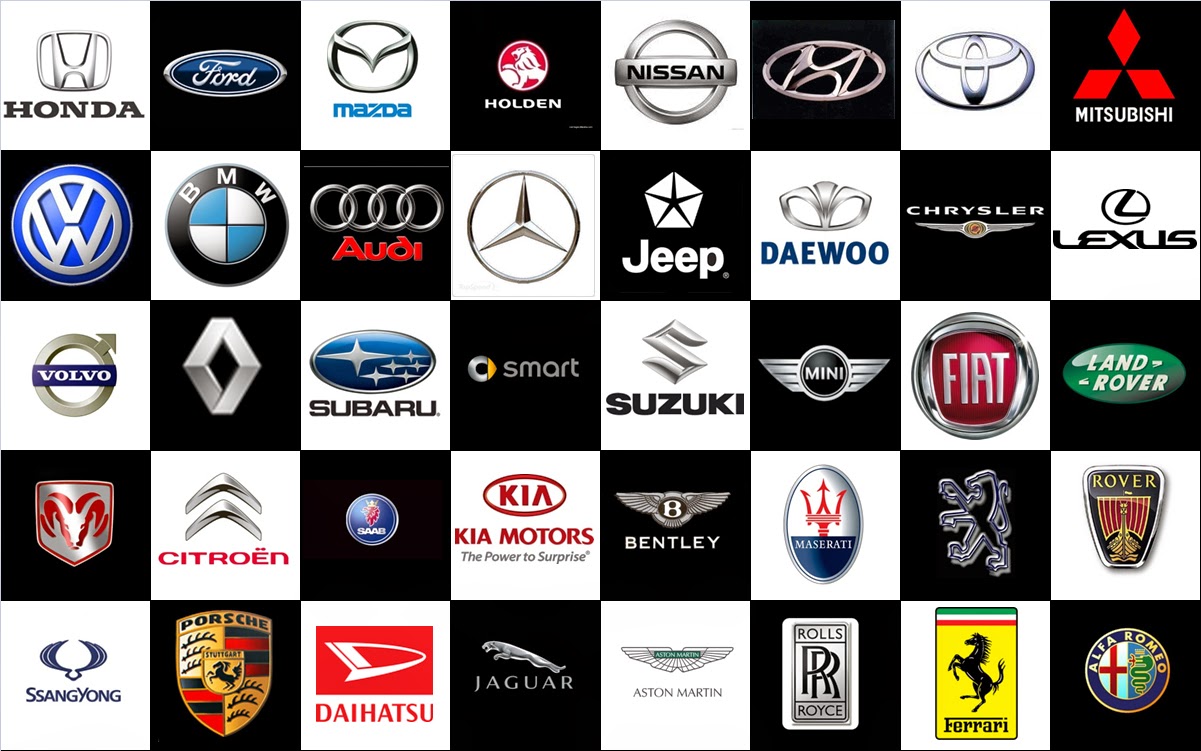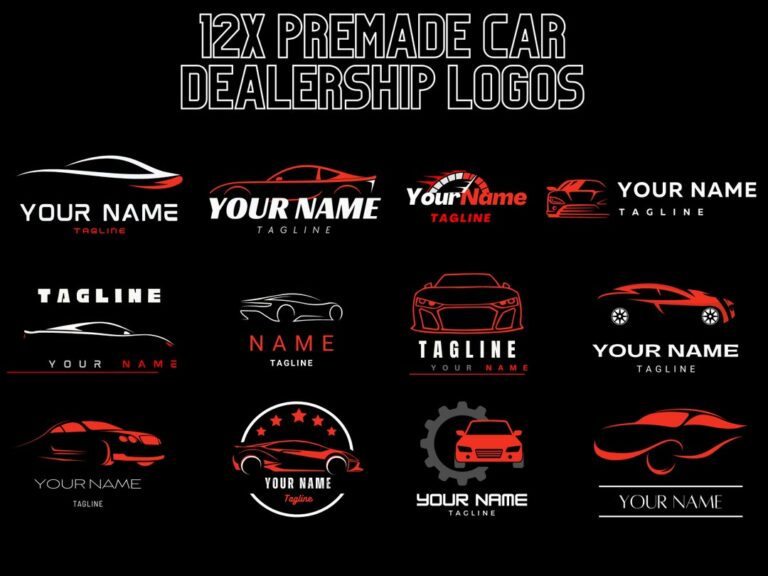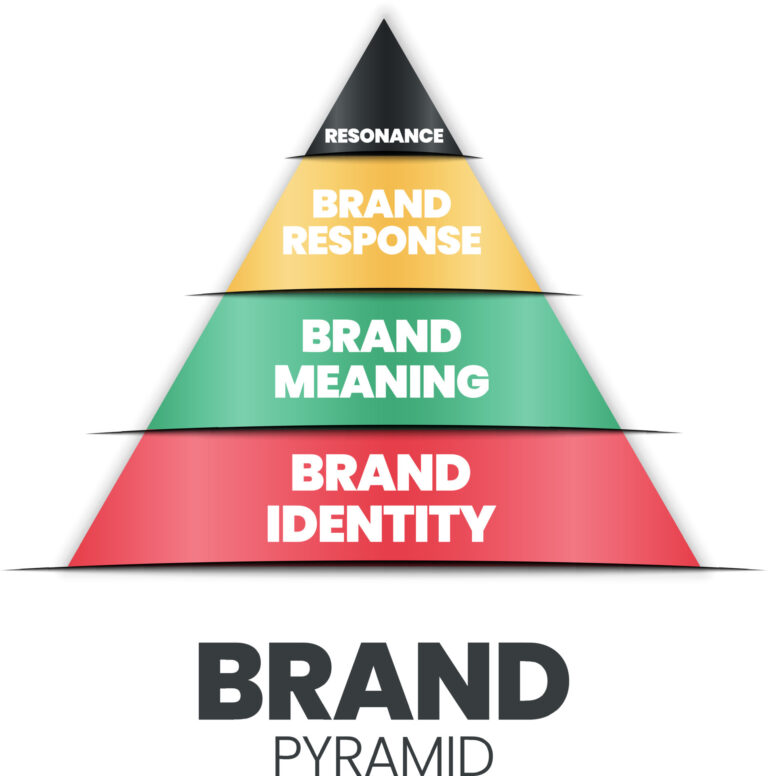Luxury Car Brand Symbols: Decoding the Emblems of Prestige and Power
Luxury Car Brand Symbols: Decoding the Emblems of Prestige and Power cars.truckstrend.com
In the rarefied world of luxury automobiles, a car is far more than just a means of transport; it is a statement, a work of art, and a symbol of aspiration. At the heart of this identity lies something deceptively simple yet profoundly powerful: the brand symbol. These meticulously crafted emblems, often steeped in rich history and symbolic meaning, are the silent ambassadors of a brand’s values, heritage, and technological prowess. They are instantly recognizable, evoking feelings of exclusivity, performance, and unparalleled craftsmanship. Understanding luxury car brand symbols is not just about identifying a car; it’s about appreciating the intricate tapestry of design, history, and psychological appeal that elevates these vehicles from mere machines to coveted icons.
This comprehensive guide will delve into the fascinating world of luxury car brand symbols, exploring their design, the stories they tell, their psychological impact, and their enduring relevance in an ever-evolving market.
Luxury Car Brand Symbols: Decoding the Emblems of Prestige and Power
The Anatomy of a Luxury Car Symbol: More Than Just a Badge
A luxury car symbol is a carefully curated piece of art and branding. It’s designed to be memorable, timeless, and instantly convey the essence of the brand it represents. While seemingly simple, these emblems are often the culmination of extensive design processes, historical narratives, and strategic branding decisions.
Common elements found in luxury car symbols include:
- Figurative Elements: Animals (Ferrari’s Prancing Horse, Lamborghini’s Raging Bull), mythical creatures (Maserati’s Trident), or human figures (Rolls-Royce’s Spirit of Ecstasy) are popular choices, often symbolizing traits like power, speed, elegance, or mythological strength.
- Geometric Shapes: Circles, shields, and stars are frequently used, providing a strong, balanced, and classic aesthetic. These shapes can convey stability, unity, or reach.
- Heraldry and Crests: Many European luxury brands draw inspiration from noble families or city coats of arms, imbuing their symbols with a sense of heritage, tradition, and aristocratic lineage.
- Typography and Initials: Stylized letters or monograms (Lexus’ ‘L’, Bentley’s ‘B’) offer a clean, modern, yet sophisticated look, emphasizing the brand name directly.
- Colors: Specific color palettes are often chosen for their psychological impact – gold for luxury, silver for sophistication, red for passion or performance, blue for reliability.

The effectiveness of a luxury car symbol lies in its ability to condense a brand’s entire philosophy into a single, compelling visual. It must be versatile enough to appear on grilles, steering wheels, key fobs, and marketing materials, always maintaining its impact and recognition.
Iconic Symbols and Their Storied Legacies
The world of luxury cars is populated by emblems that have become as famous as the vehicles themselves. Each tells a unique story, often rooted in history, mythology, or the vision of its founder.

- Mercedes-Benz: The Three-Pointed Star: Designed by Gottlieb Daimler, the three points are said to represent the company’s ambition to dominate land, sea, and air. It embodies precision, quality, and universal reach.
- BMW: The Blue and White Roundel: Often mistakenly thought to represent a spinning propeller, the roundel’s true origin lies in the colors of the Bavarian flag (blue and white) and the logo of the Rapp Motorenwerke, BMW’s predecessor. It signifies Bavarian heritage and engineering excellence.
- Audi: The Four Rings: Symbolizing the merger in 1932 of four previously independent motor vehicle manufacturers (Audi, DKW, Horch, and Wanderer) into the Auto Union. Each ring represents one of these founding companies, signifying strength in unity and progressive engineering.
- Rolls-Royce: The Spirit of Ecstasy: This iconic bonnet mascot, a graceful female figure leaning forward with arms outstretched behind her, symbolizes speed, elegance, silence, and the luxurious experience of Rolls-Royce motoring. Its creation in 1911 was inspired by Eleanor Thornton, the secret love of Baron Montagu.
- Ferrari: The Prancing Horse (Cavallino Rampante): This powerful black horse on a yellow shield (the color of Modena, Enzo Ferrari’s birthplace) was originally painted on the fuselage of Italian WWI flying ace Francesco Baracca’s fighter plane. Baracca’s mother encouraged Enzo Ferrari to use it, promising it would bring him good luck. It represents power, passion, and racing pedigree.
- Lamborghini: The Raging Bull (Toro Bravo): Ferruccio Lamborghini, a passionate aficionado of bullfighting, chose his zodiac sign (Taurus) as the emblem. The charging bull signifies brute force, untamed power, and a defiant challenge to traditional luxury. Each Lamborghini model is often named after famous fighting bulls.
- Porsche: The Stuttgart Coat of Arms: The Porsche crest features a black horse (from the Stuttgart city seal, where the company is headquartered) within a shield, surrounded by the antlers and red and black stripes of the Württemberg-Hohenzollern state coat of arms. It represents the brand’s deep roots in German automotive tradition, performance, and heritage.
- Lexus: The Stylized ‘L’: A simple yet elegant ‘L’ enclosed in an oval, symbolizing luxury, precision, and sophistication. The design team specifically aimed for an emblem that conveyed quiet power and refined taste.
- Bentley: The Flying ‘B’: An elegant, stylized ‘B’ with outstretched wings, signifying speed, grace, and the brand’s aviation heritage. It encapsulates the sensation of effortless power and refined luxury.
- Maserati: The Trident: Inspired by the statue of Neptune in Bologna’s Piazza Maggiore, where the Maserati brothers were born, the trident symbolizes strength, power over the seas, and exclusivity. It evokes a sense of mythological prowess and Italian passion.

The Psychology Behind the Emblems: Crafting Desire
Luxury car symbols are not just pretty pictures; they are potent psychological tools. They tap into fundamental human desires for status, belonging, achievement, and self-expression.
- Status Signaling: Owning a car with a prestigious emblem instantly communicates success and discernment. It’s a non-verbal cue that speaks volumes about the owner’s aspirations and accomplishments.
- Emotional Connection: The stories behind the symbols, the values they represent (e.g., Mercedes’ precision, Ferrari’s passion), and the heritage they embody foster a deep emotional bond between the brand and its customers. This connection goes beyond mere functionality.
- Brand Perception: Symbols reinforce the brand’s promise. A Mercedes star assures reliability, a Rolls-Royce Spirit of Ecstasy guarantees unparalleled luxury, and a Ferrari Prancing Horse promises exhilarating performance.
- Aspiration and Dreams: For many, these symbols represent a dream to strive for. They embody a lifestyle, a level of achievement, and a future self that motivates and inspires.
Evolution and Modernization of Symbols
While deeply rooted in tradition, luxury car symbols are not static. Brands occasionally refine or modernize their emblems to reflect contemporary design trends or digital adaptability, without losing their core identity. Recent trends have seen a move towards flatter, two-dimensional designs, optimized for digital platforms and minimalist aesthetics. However, unlike fashion brands, luxury car brands tend to be extremely cautious with major emblem overhauls, understanding that their symbols are invaluable repositories of heritage and recognition. Subtle changes in typography, shading, or proportions are more common than radical redesigns.
Beyond the Badge: Symbolism in Design Language
The influence of a luxury car symbol extends far beyond its physical presence on the grille or trunk. It often dictates the entire design language of the vehicle. The aggressive stance of a Lamborghini echoes its raging bull emblem, while the stately presence of a Rolls-Royce aligns with the serene elegance of the Spirit of Ecstasy. Grille designs, headlight signatures, interior motifs, and even wheel patterns often subtly incorporate elements or themes from the main emblem, creating a cohesive and immersive brand experience. This holistic approach ensures that the car itself becomes an extension of the symbol’s promise.
Protecting the Symbol: The Battle Against Counterfeiting
Given their immense value and recognition, luxury car brand symbols are heavily protected intellectual property. Brands invest significantly in trademark registration and legal battles against counterfeiting. Fake emblems not only dilute brand image but can also be associated with unsafe counterfeit parts. This protection ensures the integrity and exclusivity of the brand, safeguarding its reputation and the investment of its customers.
Understanding the Value of the Symbol When Choosing a Luxury Car
For the discerning buyer, the brand symbol is an integral part of the luxury car experience. It’s not merely a decorative element but a testament to:
- Heritage and Craftsmanship: The symbol often represents decades, if not a century, of automotive innovation and dedication to excellence.
- Exclusivity and Prestige: It signals membership in an elite group of owners who appreciate the finer things in life.
- Resale Value: Strong brand recognition, largely driven by its symbol, contributes significantly to a luxury car’s ability to retain its value over time.
- Emotional Resonance: Choosing a luxury car is often an emotional decision, and the symbol plays a crucial role in forging that connection.
When selecting a luxury car, consider the story behind the emblem, what it represents to you personally, and how it aligns with your own values and aspirations. It’s a badge you’ll wear with pride.
Luxury Car Brands and Their Emblem’s Associated Value Proposition
While the symbols themselves are not sold individually, they are intrinsically linked to the value and prestige of the vehicles they adorn. Here’s a conceptual table illustrating the brands, their iconic symbols, and the general price range of their vehicles, reflecting the value proposition associated with these emblems:
| Brand Name | Iconic Symbol | Core Symbolism | Typical Vehicle Price Range (USD) |
|---|---|---|---|
| Mercedes-Benz | Three-Pointed Star | Universal reach, precision, quality, innovation | $45,000 – $300,000+ |
| BMW | Blue and White Roundel | Bavarian heritage, driving dynamics, engineering | $40,000 – $250,000+ |
| Audi | Four Interlocking Rings | Unity, progressive engineering, sophistication | $40,000 – $200,000+ |
| Lexus | Stylized ‘L’ in an Oval | Luxury, precision, reliability, refined experience | $40,000 – $100,000+ |
| Porsche | Stuttgart Coat of Arms | Performance, racing heritage, precision engineering | $60,000 – $300,000+ |
| Jaguar | Leaping Jaguar / Growler | Grace, power, speed, elegance | $50,000 – $150,000+ |
| Land Rover | Green Oval with ‘Land Rover’ Script | Robustness, adventure, luxury, capability | $50,000 – $250,000+ |
| Volvo | Iron Mark (Circle with Arrow) | Strength, safety, modernity, Scandinavian design | $40,000 – $90,000+ |
| Maserati | Trident | Power, exclusivity, Italian passion, mythological | $90,000 – $200,000+ |
| Bentley | Flying ‘B’ with Wings | Speed, elegance, bespoke luxury, craftsmanship | $200,000 – $400,000+ |
| Ferrari | Prancing Horse (Cavallino Rampante) | Passion, speed, racing pedigree, exclusivity | $250,000 – $1,000,000+ |
| Lamborghini | Raging Bull (Toro Bravo) | Untamed power, aggression, bold design | $200,000 – $600,000+ |
| Rolls-Royce | Spirit of Ecstasy | Unparalleled luxury, bespoke craftsmanship, serenity | $350,000 – $1,000,000+ |
Note: Price ranges are approximate and can vary significantly based on model, trim level, customization, and market conditions.
Frequently Asked Questions (FAQ) About Luxury Car Brand Symbols
Q1: What makes a luxury car symbol iconic?
A1: An iconic luxury car symbol is typically one that is instantly recognizable, steeped in a rich history or meaningful story, aesthetically pleasing, and effectively communicates the brand’s core values (e.g., speed, elegance, reliability, power). Its enduring presence and consistent representation of quality contribute to its iconic status.
Q2: Do luxury car symbols ever change?
A2: Yes, but rarely drastically. Luxury brands understand the value of their heritage and recognition. Changes are usually subtle refinements, such as simplifying the design for digital platforms (e.g., moving from 3D to 2D representations), updating typography, or adjusting proportions, rather than a complete overhaul.
Q3: What is the "most expensive" luxury car symbol?
A3: Symbols themselves are not sold as standalone items, so they don’t have a direct price. However, the value of the symbol is intrinsically tied to the brand and the vehicles it represents. Brands like Rolls-Royce, Ferrari, and Lamborghini, whose vehicles command the highest prices, arguably have the "most valuable" symbols in terms of the prestige and cost associated with their products.
Q4: How do luxury brands protect their symbols?
A4: Luxury brands rigorously protect their symbols through extensive trademark registrations worldwide. They also employ legal teams to pursue cases of infringement, counterfeiting, and unauthorized use of their emblems to maintain brand integrity and exclusivity.
Q5: Is the symbol more important than the car’s performance or features?
A5: While performance and features are crucial, the symbol plays an equally vital, albeit different, role. It’s the visual shorthand for the entire brand experience, encompassing heritage, perceived quality, status, and emotional appeal. For many luxury car buyers, the symbol and what it represents are as important as, if not more important than, the technical specifications alone. It’s about the holistic package.
Q6: Can I buy a luxury car symbol separately?
A6: Genuine luxury car symbols (like a Rolls-Royce Spirit of Ecstasy or a Ferrari badge) are typically not sold separately to the general public. If they are available, it’s usually as a replacement part through authorized dealerships, often at a significant cost, and only for the specific car model they belong to. Be wary of unofficial sources, as they are likely selling counterfeit products.
Conclusion
Luxury car brand symbols are far more than mere decorations; they are the distilled essence of automotive excellence, rich heritage, and aspirational desire. From the three-pointed star of Mercedes-Benz to the prancing horse of Ferrari, each emblem tells a unique story, evokes powerful emotions, and serves as an instant badge of prestige. They are a testament to the enduring power of branding, transforming metal and machinery into coveted objects of art and status. In a world increasingly driven by digital connectivity, these timeless symbols continue to anchor luxury brands to their storied pasts while propelling them into a future where elegance, performance, and exclusivity remain paramount. Understanding these symbols is to understand the very heart and soul of the luxury automotive industry.





